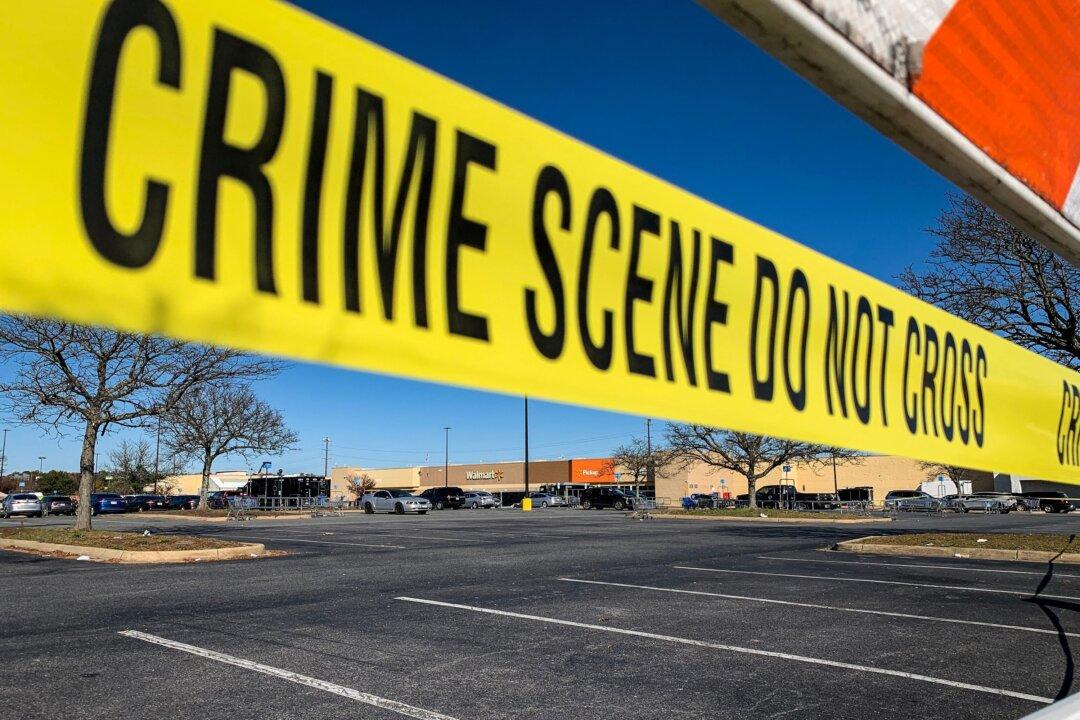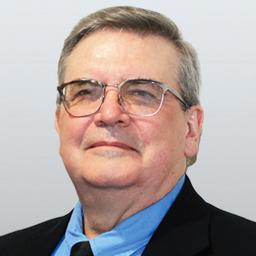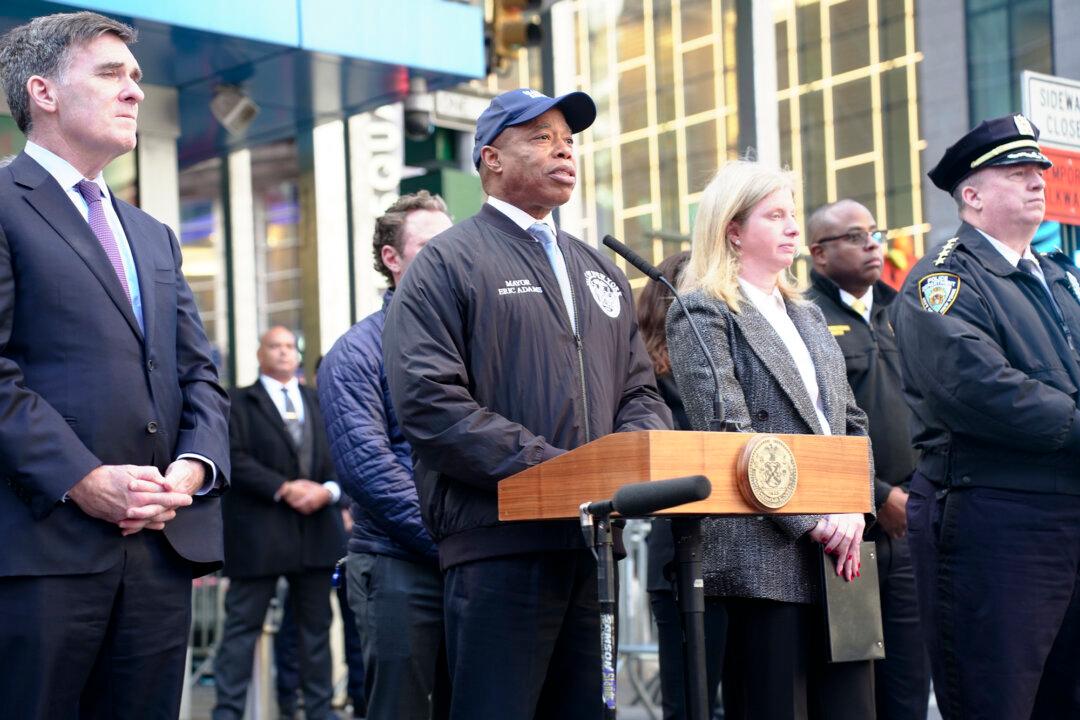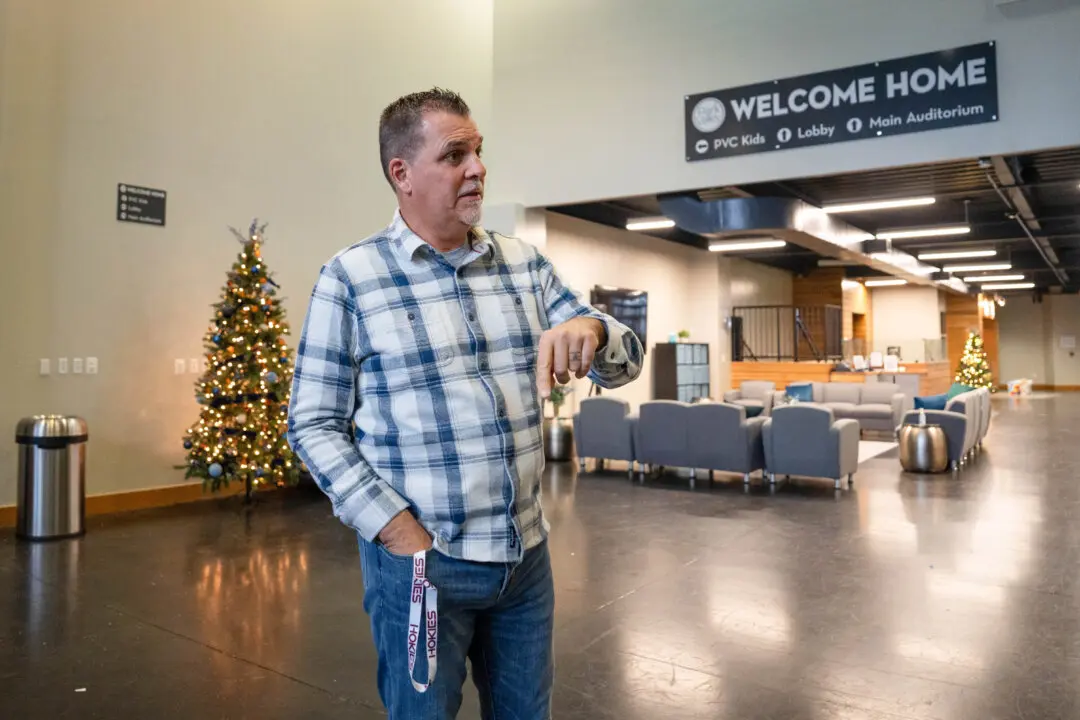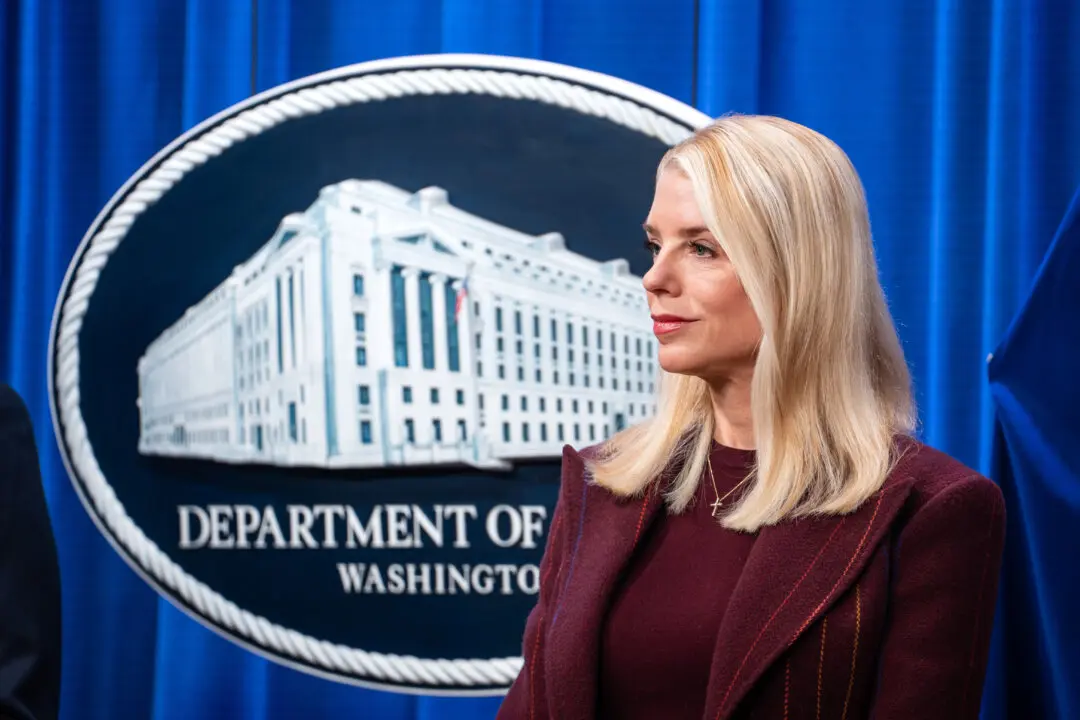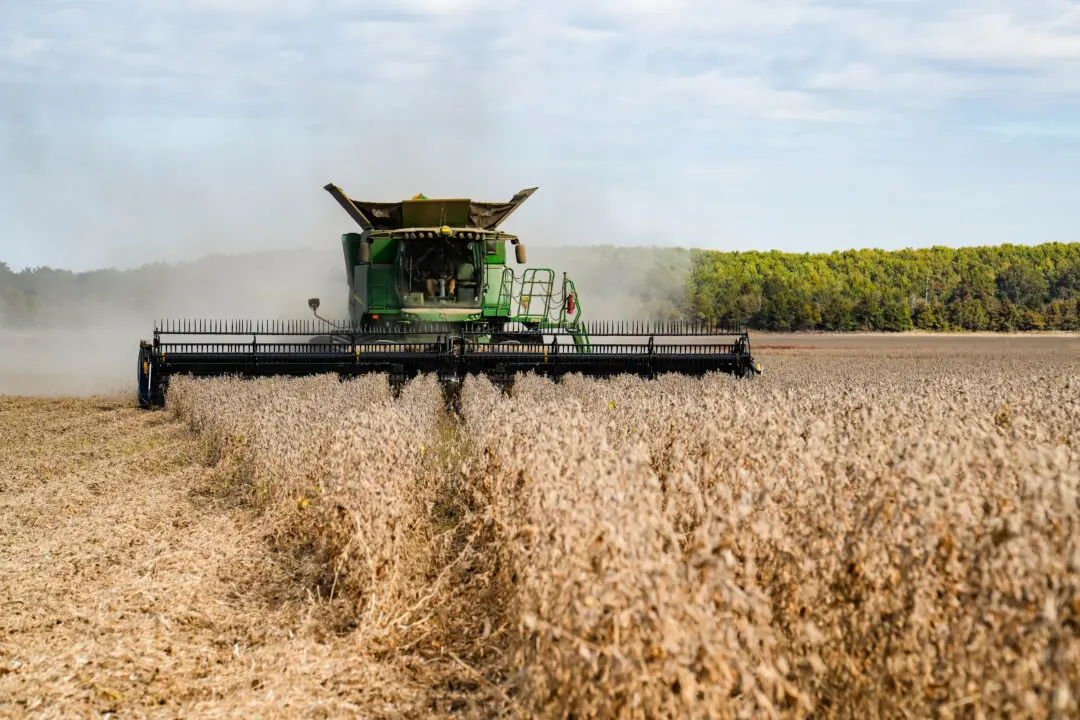Eliminating gun-free zones and increasing the number of legally-armed citizens would reduce the occurrence of mass shootings, according to a paper released by the Crime Prevention Research Council (CPRC).
Carlisle E. Moody, an economics professor at the College of William and Mary and Research Director for the CPRC, wrote the paper titled “Is There a Policy That Reduces Mass Public Shooting Deaths?” It was released on July 21.
